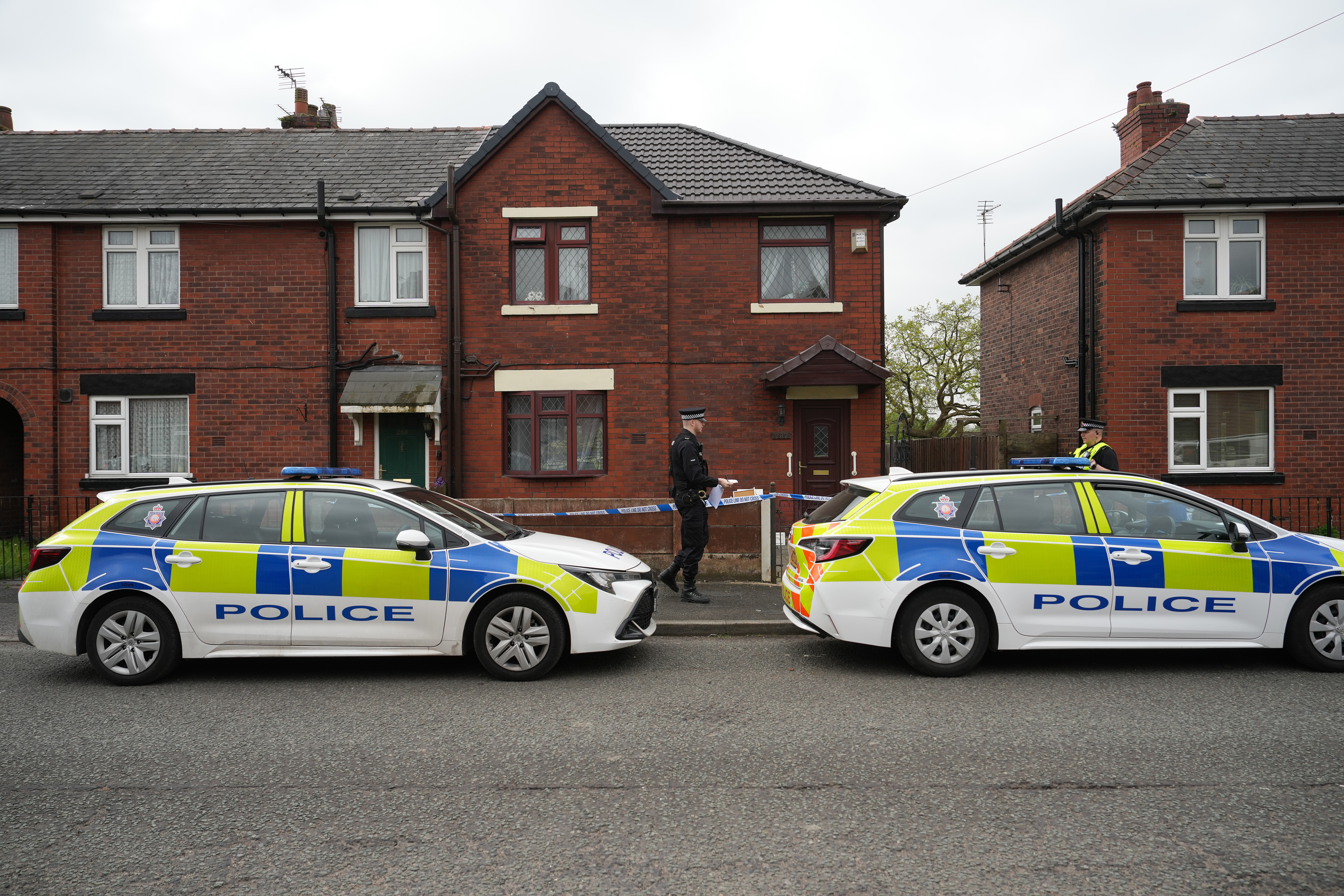The authorities said on 8 October the UK is facing the ‘most complex’ threat environment ‘ever seen’; terrorism-related arrests were up by 23% in 2023-24
This assessment was issued to clients of Dragonfly’s Security Intelligence & Analysis Service (SIAS) on 23 October 2024.
- Attempts by far-right extremists and state actors to mount attacks will probably become more common in the UK in the coming years
- Despite this, we do not anticipate major shifts in tactics, regardless of motive; the most likely form of attack would be crude, involving a lone actor
Far-right extremists and foreign state operatives will probably attempt to mount more attacks in the UK over the next few years. The authorities in the past few months have pointed to a notable rise in the number of terrorism-related arrests. Our data also suggests that the severe threat of terrorism in the UK will not fall anytime soon. Geopolitical events, such as the conflicts in Ukraine and the Middle East, seem to be radicalising individuals and motivating Russia and Iran to mount attacks in the country.
The long-term outlook for these conflicts suggests that these radicalisation trends will continue, if not worsen. That said, we have not seen signs that extremists based in the UK are becoming more capable of executing attacks, irrespective of ideology. UK law enforcement has proven capable of foiling most plots in recent years, which generally involved crude tactics. And in a sign that hostile states like Iran and Russia are similarly constrained, the authorities have said both are turning to criminal networks to plan attacks on their behalf. Our terrorism risk rating remains high.
Extremist threats becoming more diverse
The head of MI5, the UK’s domestic intelligence service, said on 8 October that the country is facing ‘the most complex and interconnected threat environment […] ever seen’. We agree with this assessment. As a case in point, the motivations for attacks and plots in the past several months have ranged from anti-migrant sentiment and ‘revenge’ for the war in Gaza. That conflict and the war in Ukraine seem to have motivated Iran and Russia to mount operations in the UK as well.
The severe threat also appears to be intensifying. Official statistics for the year ending in March 2024 showed terrorism-related arrests were up by 23% (212 from 172) from the previous 12 months. Our data suggests that attacks and plots have become more frequent since late 2022. The terrorism threat still primarily stems from jihadists; these account for around 75% of all counter-terrorism cases, according to MI5 (the rest is attributed to right-wing extremism). The war in Gaza – and the UK’s support for Israel – will almost certainly have stiffened jihadists’ resolve to act in Britain.
Far-right extremism is a small – but growing – dimension of the threat. We have recorded four attacks and plots since 2022. According to a senior police officer speaking at a London conference in June, right-wing extremism has become of more concern to the authorities in recent years. But our monitoring of far-right online channels suggests that extremists will prioritise recruitment over planning acts of violence in the coming months. This is particularly after almost 800 people were charged for their involvement in anti-migration riots during July and August.
Extremists are likely to remain largely disorganised. Counter-terrorism police in the past few months have said that more people are turning to extremism due to an obsession with violence, rather than ideology. In a BBC interview in July, a senior officer said that in ‘20% of ongoing terrorism cases’, the authorities were investigating suspects who had no clear ideology. And that these individuals were actively seeking online material shared by very different extremist groups.
Targeting and tactics largely unchanged
We do not anticipate a significant shift in extremists’ established targeting patterns – regardless of ideology. Any jihadist attack would probably aim to either cause maximum civilian casualties in a crowded area, or target Jewish individuals or synagogues. Far-right extremists would probably also focus on attacking minorities, but particularly Muslims, migration-related sites or government targets. Police and politicians remain the most probable targets of separatists in Northern Ireland.
Despite the diversity of threats, extremists still appear to have limited capabilities. And so irrespective of ideology, the most probable form of attack in Britain would be crude, such as a stabbing or arson, involving a lone actor. For example, the majority of jihadists involve lone, self-radicalised individuals, according to the same police officer. The authorities have proven capable of foiling most plots, disrupting nearly 40 since 2017, according to officials and our data. This makes mass-casualty incidents plausible but unlikely.
Foreign state-linked operatives more active
Cases of Russia and Iran-backed terrorism operations will also probably become more common in the coming years. While these are a small part of counter-terrorism policing, officials said they have risen by 48% this year (they did not provide an overall number of cases). MI5 said they foiled 20 plots since 2022 against persons Iran considers enemies of its regime. Any attack backed by Iran would probably specifically target either anti-regime Iranians or Jewish/Israeli individuals and interests.
MI5’s chief said that Russian intelligence aims to ‘generate mayhem on British and European streets’. Russia’s aim appears to be to widen social divides and weaken public support for Ukraine. Police in April charged two suspects for a warehouse arson in London, from where aid had been dispatched to Ukraine. Based on reported cases across Europe, the most plausible targets are government facilities, critical infrastructure and the defence sector.
Both Iran and Russia have allegedly turned to proxies, including criminals, due to complications in using diplomatic staff. But this has – according to MI5 – degraded their capabilities, making recent plots easier to foil. Iran would probably use proxies to target individuals, involving kidnappings, stabbings or small-scale bombings. On the other hand, sabotage, involving arson, small-scale bombings (including letter or parcel bombs), bomb hoaxes, cable cutting, and assassinations of high-level defence industry executives would be the most plausible tactics by Russia-backed operatives.
Image: Police tape cordons off a home in the Abram area of Wigan as police continue anti terrorism investigations police conducted a series of raids yesterday evening issuing “planned warrants as part of an ongoing counter terrorism,” according to the assistant chief constable of Greater Manchester Police, on 09 May 2024, in Wigan, United Kingdom. Photo by Christopher Furlong/Getty Images.




